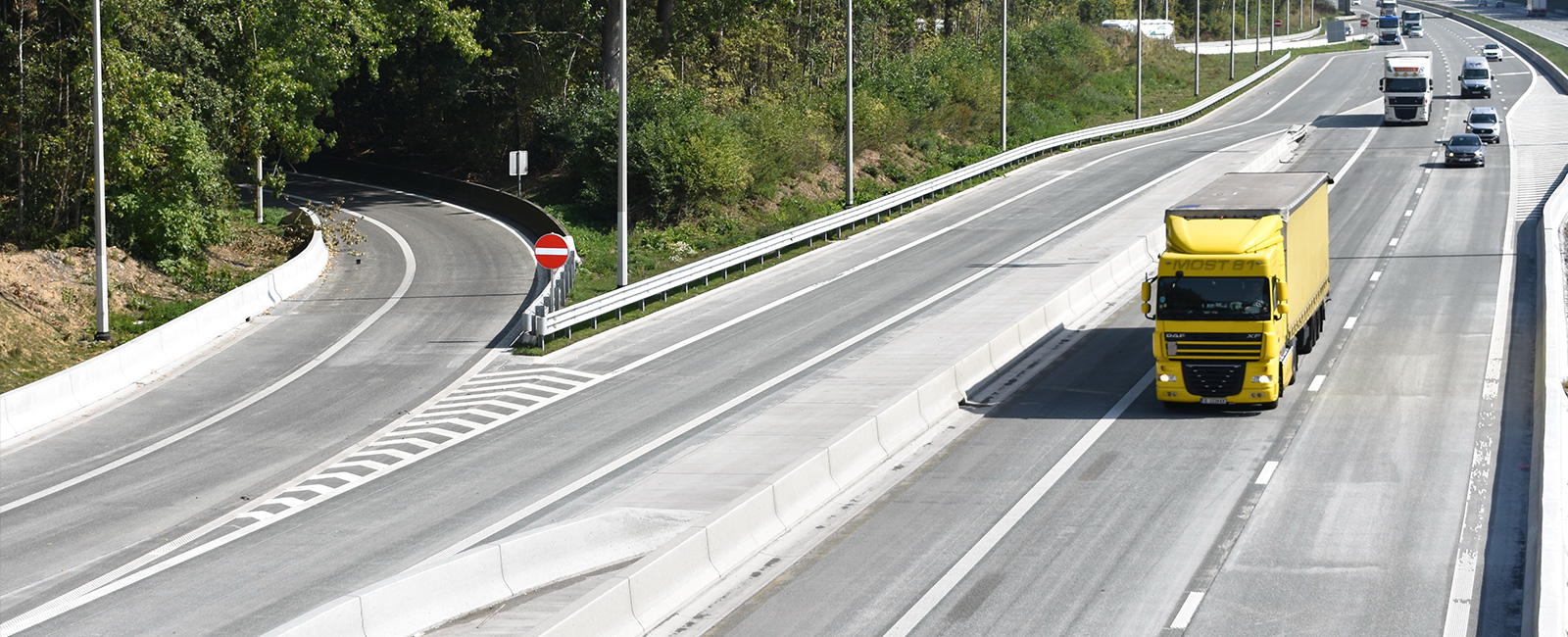About concrete paving
Cement and concrete are indispensable materials for the realisation of the transport infrastructure network, whether it is in the creation of roads, safety barriers or tunnels.
Besides motorways, highways and trunk roads, concrete pavements cover a wide variety of applications, used in urban and rural areas.
Safe solutions for mobility include the provision of roundabouts in plain concrete or continuously reinforced concrete. In addition to improving traffic safety due to increased visual perception of the route, these concrete roundabouts also reduce the number of points of conflict and limit maintenance operations.
The visual appearance of through-roads, streets and squares is an important consideration in the urban environment. A wide range of concrete paving blocks, coloured exposed aggregate or imprinted concrete can be used in such locations, for purely aesthetic reasons or for an improved readability of the street.
Concrete also permits the integration of different urban mobility modes. Increasing use is being made of concrete as a sustainable solution for the infrastructure used by public transport systems, whether buses, trams or trains. Dedicated bus and tram lanes in concrete offer a practical approach to public transport since they meet the long-term requirements of functionality, comfort, cost-efficiency and aesthetics. Moreover, pedestrian areas, sidewalks and cycling paths meet the needs of the vulnerable road user. Concrete provides aesthetically pleasing and slip-free surfaces for all types of public spaces.
Concrete is also extensively used for the construction of internal floors of factories and warehouses as well as for external pavements such as parking, delivery and storage areas and hardstandings for heavy use in port and airport areas.
Find more information on the use of concrete pavements in the sections below.
For further information, do not hesitate to contact us at info@eupave.eu.
Our activities
-
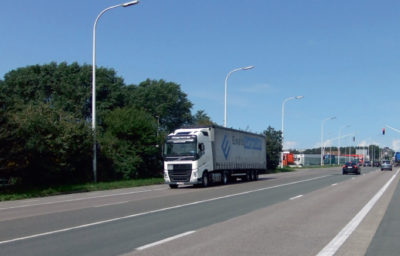
Roads
-
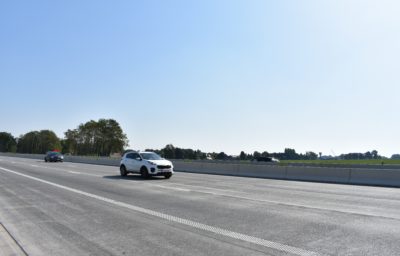
Motorways and trunk roads
-
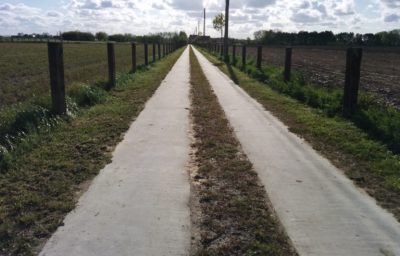
Secondary roads
-
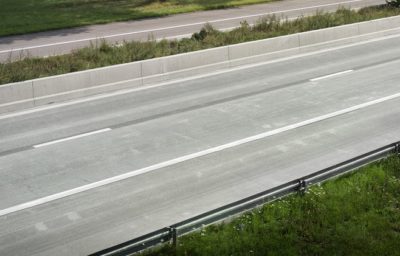
Sustainable construction
-
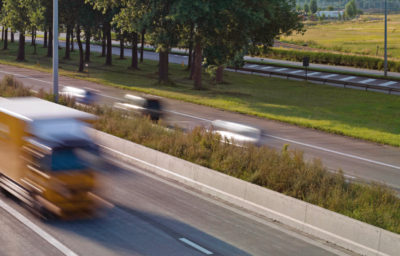
Concrete safety barriers
-
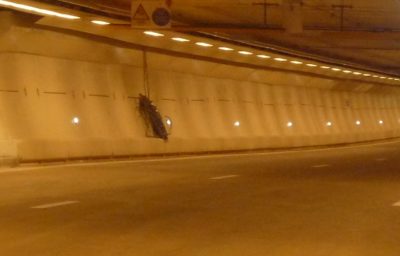
Concrete paving in tunnels
-
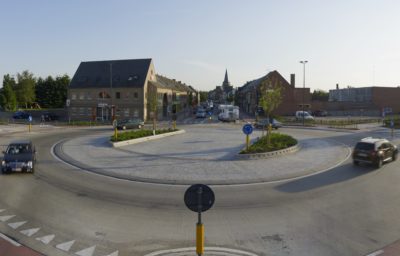
Roundabouts
-
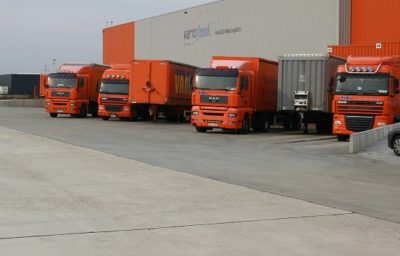
Internal industrial floors and external industrial pavements
-
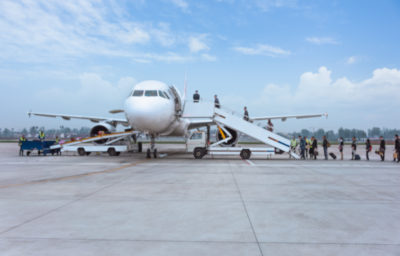
Airfields
-
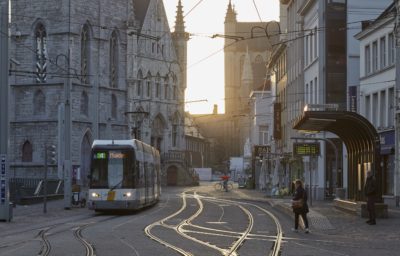
Bus & rail
-
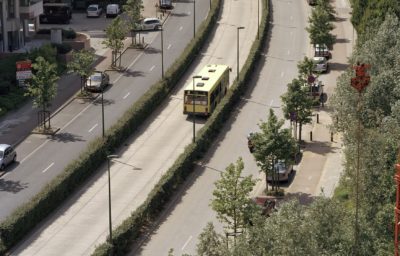
Bus lanes
-
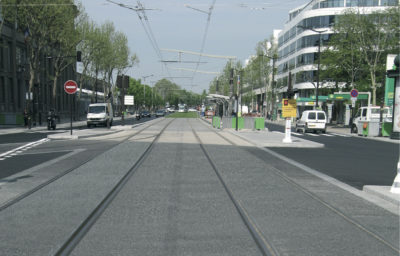
Tramways & light rail
-
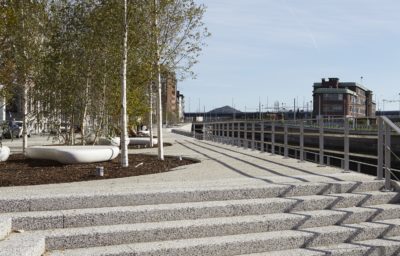
Urban areas, streets & places
-
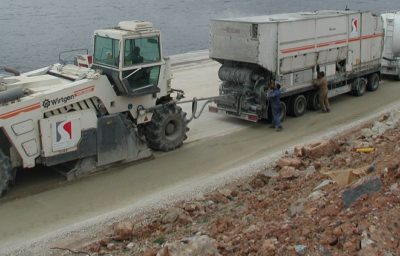
Soil improvement & stabilisation
-

Base & sub-base layers
-
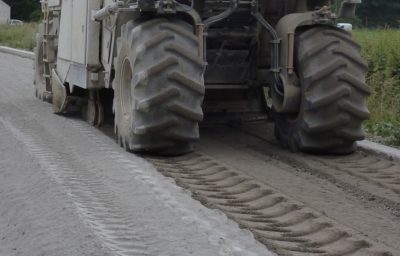
In situ pavement recycling
-
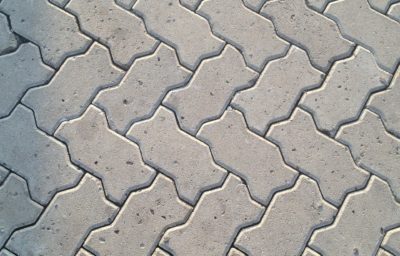
Concrete paving blocks and other precast elements
-
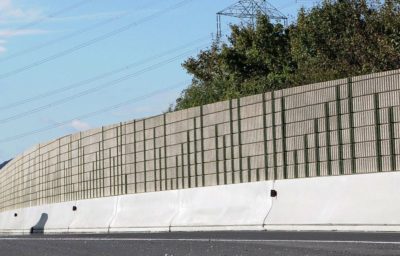
Noise reduction barriers
-
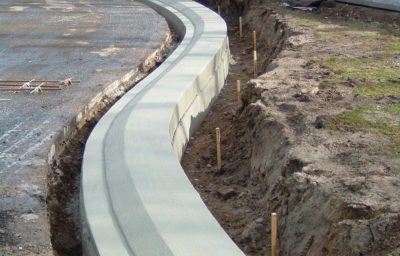
Kerbs & Gutters

